Column Name
Title
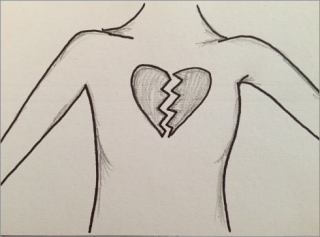
Drawings and text by Magdalyn Segale
Body
Filter is a multimedia art piece that I conceived—for this spring’s Beyond the Machine 16.1 concert—in collaboration with second-year composer Michael Dean Parsons, film designer Sarah Outhwaite, and lighting designer Paul Hudson with Juilliard’s Center for Innovation in the Arts, which is directed by faculty member and alum Edward Bilous. Creating Filter was a lesson in translating personal experience into collaborative artwork. There were many layers to the process, which I explore in the following graphic narrative.
It started with my own personal heartbreak after my father’s death in autumn 2014.
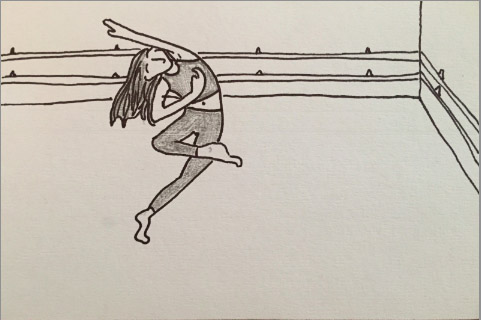
Then came an attempt to process my emotions by dancing alone in a studio, which soon turned into a desire to make a larger-scale project.
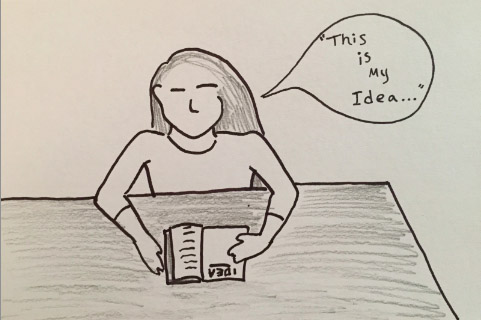
The next challenge was to verbally communicate my idea for a piece to Edward Bilous and the Center for Innovation in the Arts. He paired me with the highly skilled and vastly creative composer Michael Dean Parsons.
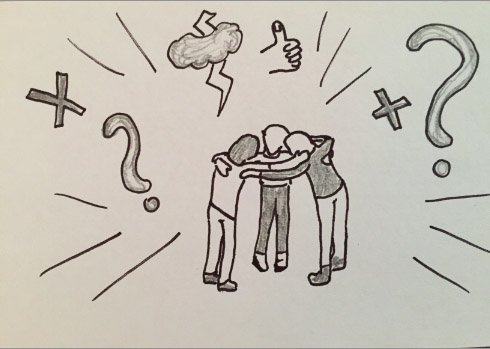
Then came collaborative planning among the various media aspects of the project. During this period we also attended workshops to learn about the technological and artistic capabilities of the Willson Theater.

There were months of the individual artistic process of identifying and expressing my own ideas and feelings in life and in the dance studio, while trying to juggle communication with the collaborative group.
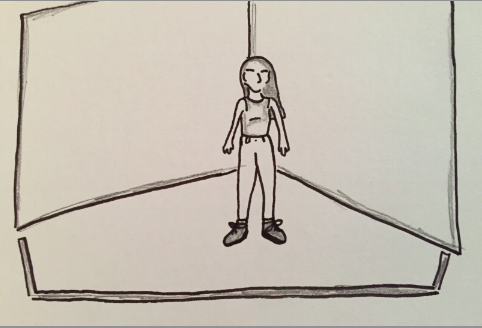
During this period it was difficult to find the right movements to express what I was feeling, and in turn to make something that would ultimately register for the audience. I had a very real and personal story to tell that lived in my heart, and I wanted it to be a gift for my dad. Having such a deep connection to the story made understanding and visualizing the ultimate piece challenging. How does this feeling I have in my gut translate to dance, and what does that then mean for the film designer, for example?
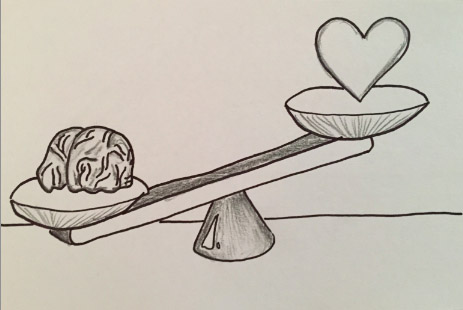
Dance is a really great way to express states of anger, infatuation, elation, sadness, and the raw, intangible nuances of the examined life. Without words or text, however, no exact message can be conveyed. As a result, I began to think of the piece less as a narrative and more as a poem. Instead of forcing the story to make logical sense, it was necessary to embrace its abstractness. It then became a balancing act of harnessing the rich visceral material and directing it into a cohesive, comprehensive multimedia artwork that communicated a human experience for the audience.
The great thing about collaborating with such a fantastic group of talented and invested individuals is that different media can carry different aspects of the piece. Where dance is abstract, film could be more direct. Where a moment of music might be subtle, choreography can say something deep. An idea that’s foggy in my brain could be very clear in someone else’s.
Working in this multimedia context with a team of people who are highly skilled in their respective fields was such a gift. It was an honor to create as a part of InterArts and Beyond the Machine 16.1, and I think the Center for Innovation in the Arts is up to something really special.




